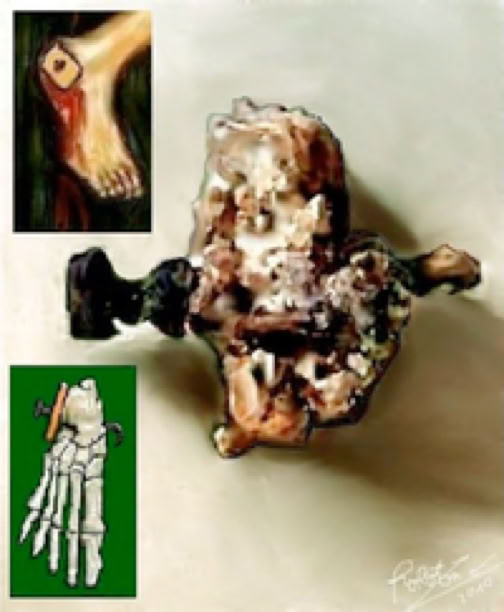
Bein' a Berean
…outside the box but inside God's Word...



We sing of "The Old Rugged Cross" and see the cross in many Christian church buildings, but is the cross, as we symbolize it today, what was used by the Romans at that time?
The Greek word translated as "cross" is "stauros," which means "an upright stake." Since wood was not plentiful in that area, a stake was the most economical option.
Since wood does not survive time well we are limited to images of that time for a more accurate rendition of this method of execution.
From those images and archaeological findings, it would seem that the Greek capital letter 'tau,' which is a ' T ' (stauros), more accurately depicts the shape used.
The image on the left comes to us from Puteoli, Italy. This is logical from the perspective that making a ' ✝︎ ' is much more complex to fabricate than the ' T ' would be.
Another point is the way the feet were nailed. The image to the right shows the feet attached to the sides of the "stake."
Archaeological evidence of an ankle bone with a nail through it suggests, too, that the feet were nailed on either side of the stake.
This is not meant to diminish the symbol of the cross, especially its world-changing effect. It is simply information for those who pursue accuracy (pedantic) and how this might affect our understanding and interpretation of other portions of scripture.



This website makes use of cookies. Please see our privacy policy for details.